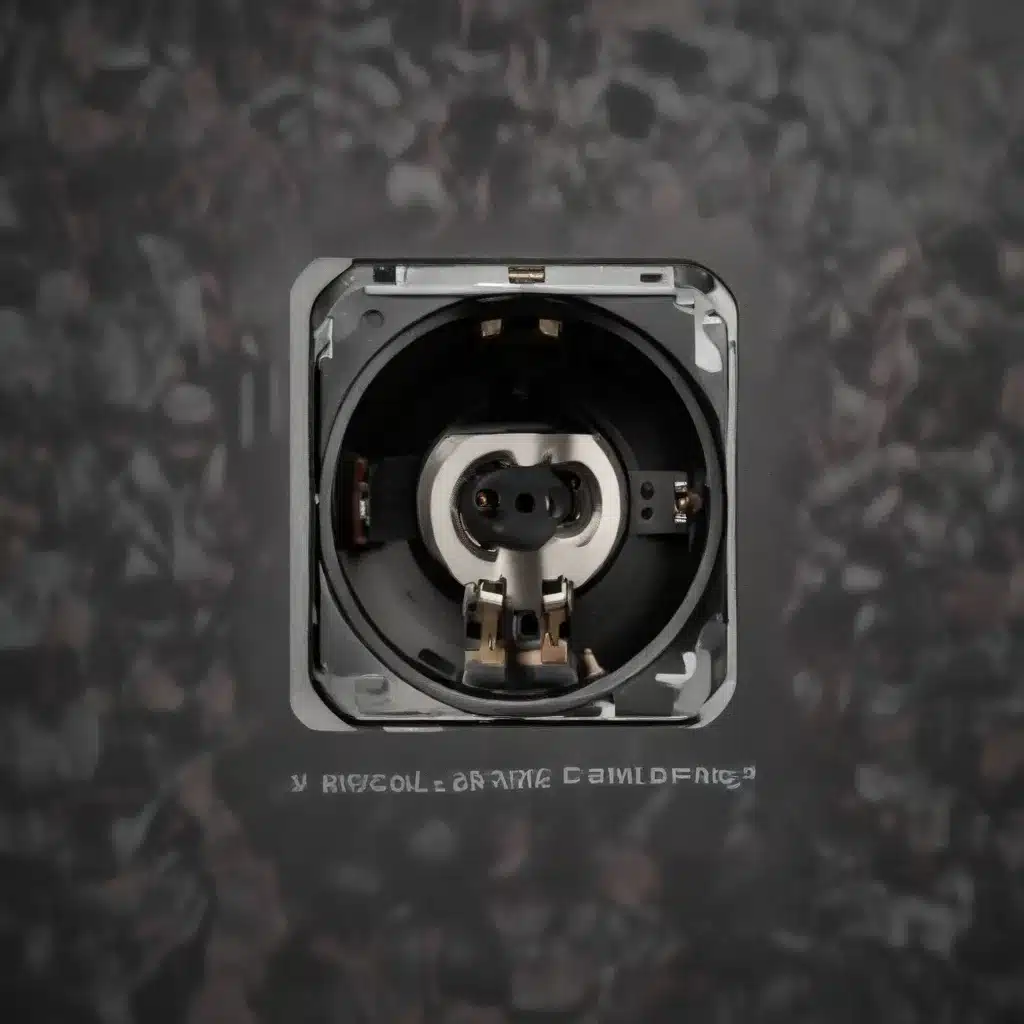
Resolving Faulty Audio Jacks and Connectivity Problems
Audio Hardware
Audio hardware plays a crucial role in our digital lives, from powering our music and entertainment to facilitating seamless communication. At the heart of this hardware are the humble audio jacks – the gateways through which we connect our headphones, speakers, and other audio devices. However, these jacks can sometimes become faulty, leading to frustrating connectivity issues.
Audio Jacks
Types of Audio Jacks
The most common types of audio jacks include the 3.5mm (1/8″) jack, the 6.35mm (1/4″) jack, and the XLR connector. Each of these serves a specific purpose – the 3.5mm jack is ubiquitous for smartphones and laptops, the 6.35mm jack is commonly found on musical equipment, and the XLR connector is the standard for professional audio gear.
Audio Jack Compatibility
Ensuring the compatibility of your audio jacks is key to avoiding connectivity problems. While most modern devices support the 3.5mm jack, older equipment may still rely on the larger 6.35mm or XLR connections. Adapters can help bridge the gap, but it’s important to use the right ones to maintain audio quality and prevent damage to your devices.
Audio Connectivity
Wired Audio Connections
Wired audio connections, using the aforementioned jacks, remain a popular and reliable choice for many users. These provide a direct, low-latency signal path, making them ideal for critical audio applications. However, the physical nature of these connections means they can be susceptible to wear and tear over time.
Wireless Audio Connectivity
The rise of wireless audio technologies, such as Bluetooth and Wi-Fi, has revolutionized the way we connect our audio devices. These wireless solutions offer greater flexibility and mobility, but can sometimes be prone to intermittent connectivity issues or audio quality degradation, especially in areas with high interference.
Troubleshooting Audio Issues
Identifying Audio Problems
Diagnosing Audio Malfunctions
When faced with audio issues, it’s important to carefully examine the hardware and connections to pinpoint the problem. Common symptoms include no sound, distorted audio, or intermittent connectivity. By methodically testing each component, you can often isolate the root cause and devise an appropriate solution.
Troubleshooting Audio Connectivity
Connectivity problems can stem from a variety of sources, such as faulty cables, outdated drivers, or incorrect software settings. Systematic troubleshooting, which may involve checking connections, updating drivers, and adjusting software configurations, can help resolve these issues and restore your audio functionality.
Resolving Audio Issues
Repairing Faulty Audio Jacks
In some cases, the audio jack itself may be the culprit. Fortunately, many audio devices, such as laptops and gaming consoles, allow for the replacement of these jacks. By following the manufacturer’s instructions or seeking the assistance of a qualified technician, you can often restore proper audio functionality.
Troubleshooting Audio Connectivity Problems
When dealing with wireless audio connectivity issues, the troubleshooting process may involve checking for interference, updating firmware, or ensuring that the devices are within the recommended range. For wired connections, verifying cable integrity, driver updates, and software settings can often resolve connectivity problems.
Audio Signal Pathways
Analog Audio Signal Flow
Audio Amplification
The journey of an audio signal begins with the source, whether it’s a musical instrument, a microphone, or a media player. This signal then passes through various components, such as mixers, amplifiers, and speakers, each playing a crucial role in shaping and delivering the final audio output.
Audio Interference and Noise
Along the way, the audio signal can be susceptible to various forms of interference and noise, which can degrade the overall sound quality. Factors like electromagnetic fields, poor grounding, or faulty connections can contribute to these issues, necessitating careful attention to the signal path.
Digital Audio Transmission
Audio Codecs and Formats
In the digital realm, audio signals are encoded and transmitted using a variety of codecs and formats, each with its own strengths and limitations. Understanding these digital audio specifications, and ensuring compatibility between devices, is crucial for maintaining high-quality audio reproduction.
Digital Audio Interfaces
The transition from analog to digital audio often involves the use of specialized interfaces, such as USB, HDMI, or optical connections. These digital interfaces play a pivotal role in preserving the integrity of the audio signal as it travels between devices.
Hardware and Software Integration
Audio Device Drivers
Driver Updates and Compatibility
Proper driver installation and maintenance is essential for ensuring the smooth operation of your audio hardware. Outdated or incompatible drivers can lead to a host of issues, including audio malfunctions, connectivity problems, and even system instability.
Audio Settings and Optimization
Operating System Audio Settings
The operating system plays a crucial role in managing audio functionality. Familiarizing yourself with the available audio settings, such as volume controls, sound device selection, and advanced options, can help you fine-tune your audio experience and troubleshoot any issues that arise.
Application-specific Audio Settings
In addition to system-level audio settings, many applications and software programs offer their own audio configurations. Adjusting these settings, whether it’s the audio input/output selection in a video conferencing tool or the sound quality settings in a media player, can help optimize the audio performance for your specific needs.
By understanding the intricacies of audio hardware, troubleshooting common issues, and navigating the complexities of audio signal pathways and software integration, you can effectively resolve faulty audio jacks and connectivity problems. Remember, a little troubleshooting and attention to detail can go a long way in ensuring your audio devices function seamlessly and deliver an exceptional listening experience. If you’re still having trouble, don’t hesitate to reach out to the IT Fix team at https://itfix.org.uk/computer-repair/ – we’re always here to lend a hand.












